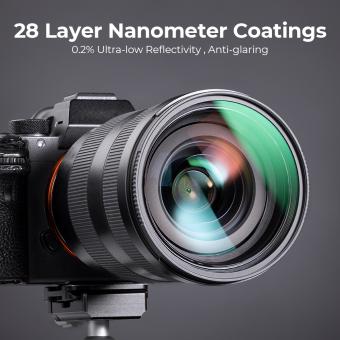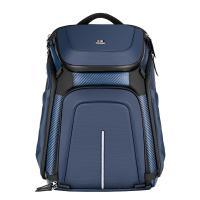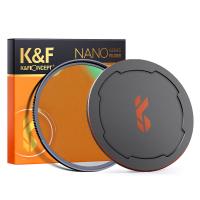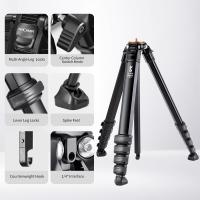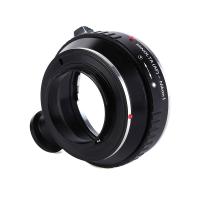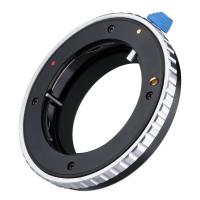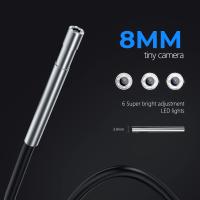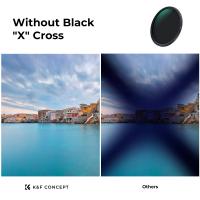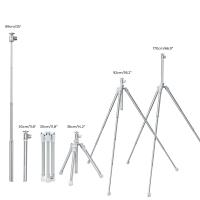How To Choose Lens Filter ?
Choosing a lens filter depends on the type of photography you are doing and the effect you want to achieve. UV filters are commonly used to protect the lens and reduce haze in landscape photography. Polarizing filters are used to reduce glare and reflections in water and other reflective surfaces. Neutral density filters are used to reduce the amount of light entering the lens, allowing for longer exposures or wider apertures in bright conditions. Graduated neutral density filters are used to balance the exposure between the sky and foreground in landscape photography. Color filters can be used to add or enhance certain colors in the image. It is important to choose a filter that is compatible with the lens diameter and thread size. Higher quality filters with multi-coatings can also help reduce lens flare and maintain image quality.
1、 Filter size compatibility
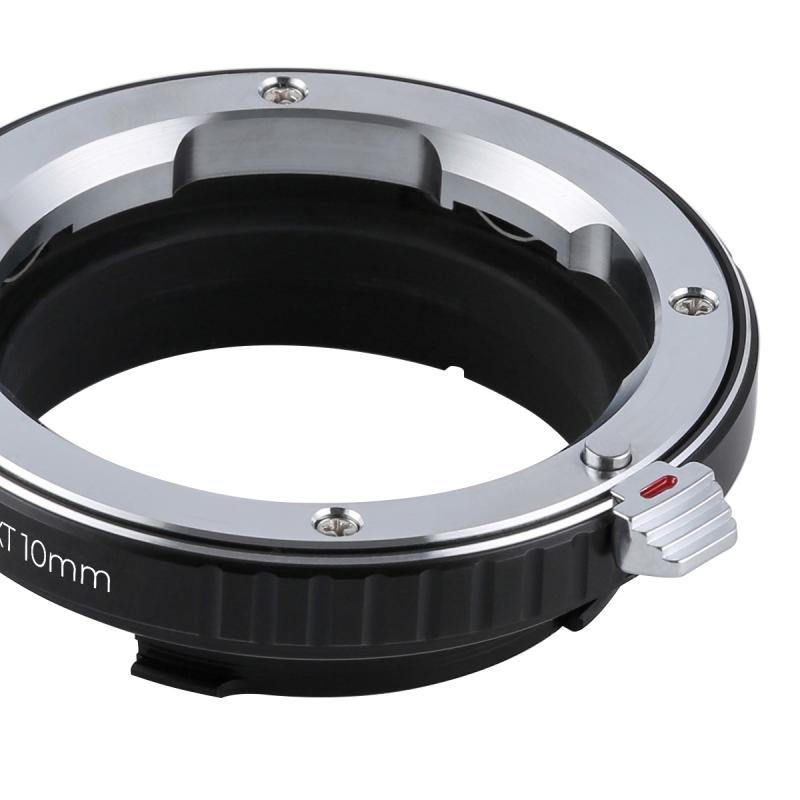
How to choose lens filter? One important factor to consider is filter size compatibility. The filter size refers to the diameter of the filter thread on the front of the lens. It is important to choose a filter that matches the size of your lens to ensure proper fit and functionality.
To determine the filter size of your lens, you can check the lens manual or look for the symbol "ø" followed by a number on the front of the lens. This number represents the diameter of the filter thread in millimeters.
It is also important to note that some lenses may have different filter thread sizes depending on the specific model or version. In this case, it is important to double-check the filter size before making a purchase.
Additionally, some lenses may have a larger filter thread size than others, which can allow for the use of larger filters. This can be beneficial for photographers who want to use a single filter on multiple lenses with different filter thread sizes.
In recent years, there has been a trend towards using larger filters, such as 100mm or 150mm square filters, which can provide more flexibility and creative control over the image. However, it is important to ensure that the filter holder and adapter rings are compatible with your lens before making a purchase.
Overall, filter size compatibility is an important consideration when choosing a lens filter, and it is important to double-check the filter size before making a purchase.
2、 Filter type (UV, polarizer, ND, etc.)
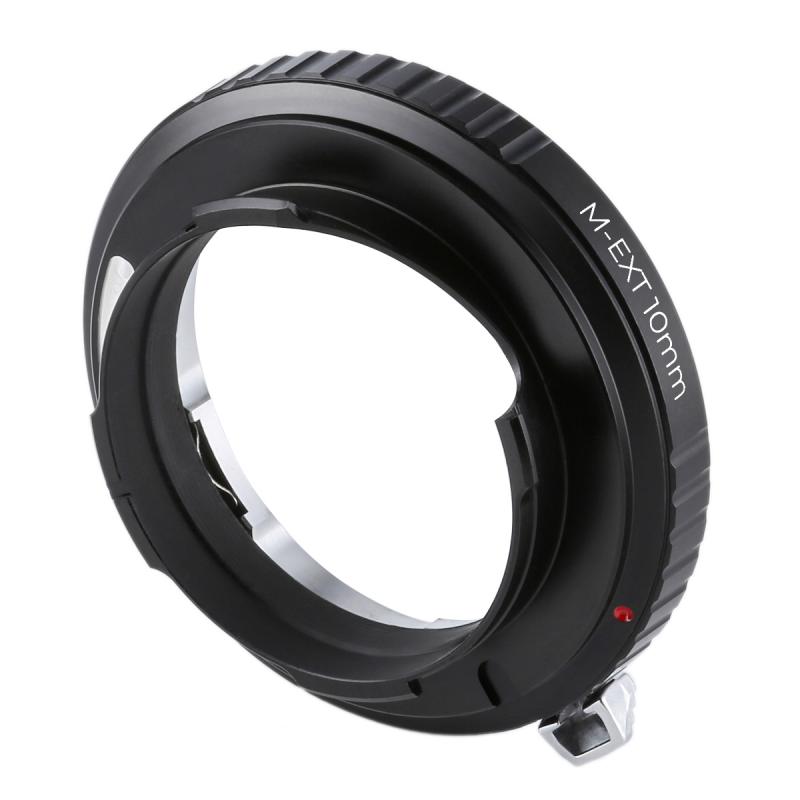
How to choose lens filter:
Choosing the right lens filter can make a significant difference in the quality of your photographs. Here are some factors to consider when choosing a lens filter:
1. Filter type (UV, polarizer, ND, etc.): The type of filter you choose will depend on the effect you want to achieve. UV filters are used to reduce haze and protect your lens from scratches and dust. Polarizing filters are used to reduce glare and reflections, while ND filters are used to reduce the amount of light entering the lens.
2. Filter size: Make sure you choose a filter that fits your lens. Most filters come in standard sizes, but some lenses may require a specific size.
3. Quality: Choose a high-quality filter to ensure that it doesn't affect the sharpness or color of your images. Look for filters made from high-quality materials and with multi-coated glass to reduce reflections and flare.
4. Price: Filters can range from a few dollars to hundreds of dollars. While it's tempting to go for the cheapest option, investing in a high-quality filter can make a significant difference in the quality of your images.
5. Compatibility: Some lenses may not be compatible with certain filters. Make sure to check the compatibility before purchasing a filter.
In addition to these factors, it's also important to consider your shooting style and the environment you'll be shooting in. For example, if you're shooting landscapes, a polarizing filter can help reduce reflections and make colors more vibrant. If you're shooting in bright sunlight, an ND filter can help you achieve a slower shutter speed and create motion blur.
Overall, choosing the right lens filter requires careful consideration of your shooting style, the environment you'll be shooting in, and the type of effect you want to achieve.
3、 Quality of the filter
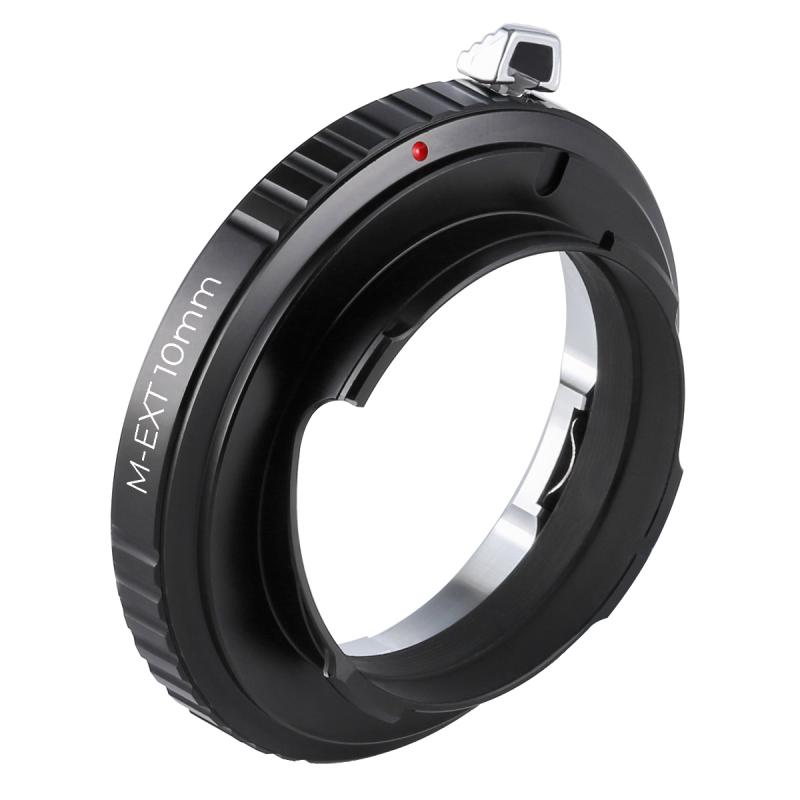
How to choose lens filter:
Choosing the right lens filter can be a daunting task, especially for beginners. However, there are a few factors to consider when selecting a lens filter. Firstly, you need to determine the purpose of the filter. For instance, if you want to reduce glare and reflections, a polarizing filter would be ideal. If you want to protect your lens from scratches and dust, a UV filter would be a good choice.
Secondly, you need to consider the size of your lens. Filters come in different sizes, and you need to ensure that you choose the right size for your lens. You can check the diameter of your lens by looking at the front of the lens or checking the manual.
Lastly, you need to consider the quality of the filter. A high-quality filter will not only protect your lens but also improve the quality of your images. A low-quality filter, on the other hand, can cause distortion, vignetting, and color cast.
Quality of the filter:
The quality of the filter is an essential factor to consider when choosing a lens filter. A high-quality filter will have a multi-coating that reduces reflections and improves light transmission. It will also be made of high-quality glass that is free of distortion and color cast.
In recent years, there has been a debate about whether or not to use filters. Some photographers argue that filters can degrade the quality of the image, while others believe that filters are essential for protecting the lens and improving the quality of the image.
However, it is important to note that not all filters are created equal. A high-quality filter can actually improve the quality of the image by reducing reflections, improving contrast, and enhancing colors. Therefore, it is important to invest in a high-quality filter that is specifically designed for your lens.
4、 Coating and material
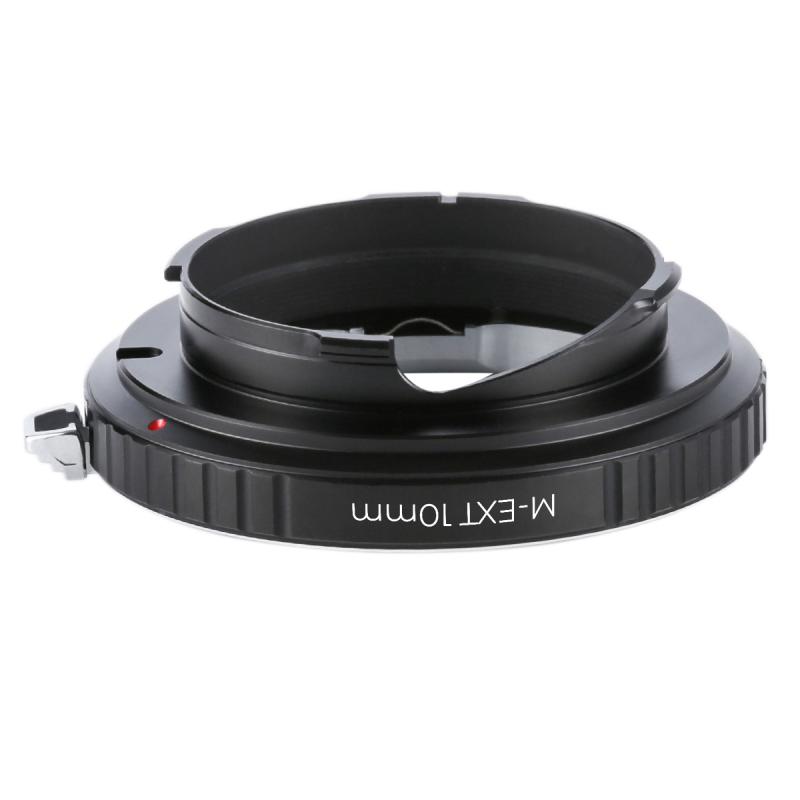
How to choose lens filter:
When it comes to choosing a lens filter, there are a few factors to consider. One of the most important is the coating and material of the filter. The coating can affect the quality of the image by reducing glare, reflections, and other unwanted effects. The material can also impact the durability and overall performance of the filter.
Coating:
There are several types of coatings available, including multi-coated, single-coated, and uncoated. Multi-coated filters are the most popular as they offer the best protection against glare and reflections. They also tend to be more durable and scratch-resistant than other types of coatings. Single-coated filters are less expensive but may not provide as much protection against glare and reflections. Uncoated filters are the least expensive but offer no protection against glare or reflections.
Material:
The most common materials for lens filters are glass and plastic. Glass filters tend to be more durable and scratch-resistant than plastic filters. They also offer better image quality as they are less likely to distort the image. However, glass filters are more expensive and heavier than plastic filters. Plastic filters are less expensive and lighter than glass filters, but they may scratch more easily and can distort the image.
The latest point of view:
In recent years, there has been a growing trend towards using high-quality, multi-coated filters made from high-quality materials such as Schott glass. These filters offer the best protection against glare and reflections while also providing excellent image quality. Additionally, some filters now come with specialized coatings designed to enhance specific types of photography, such as landscape or portrait photography. When choosing a lens filter, it's important to consider your specific needs and budget, as well as the quality of the coating and material.


